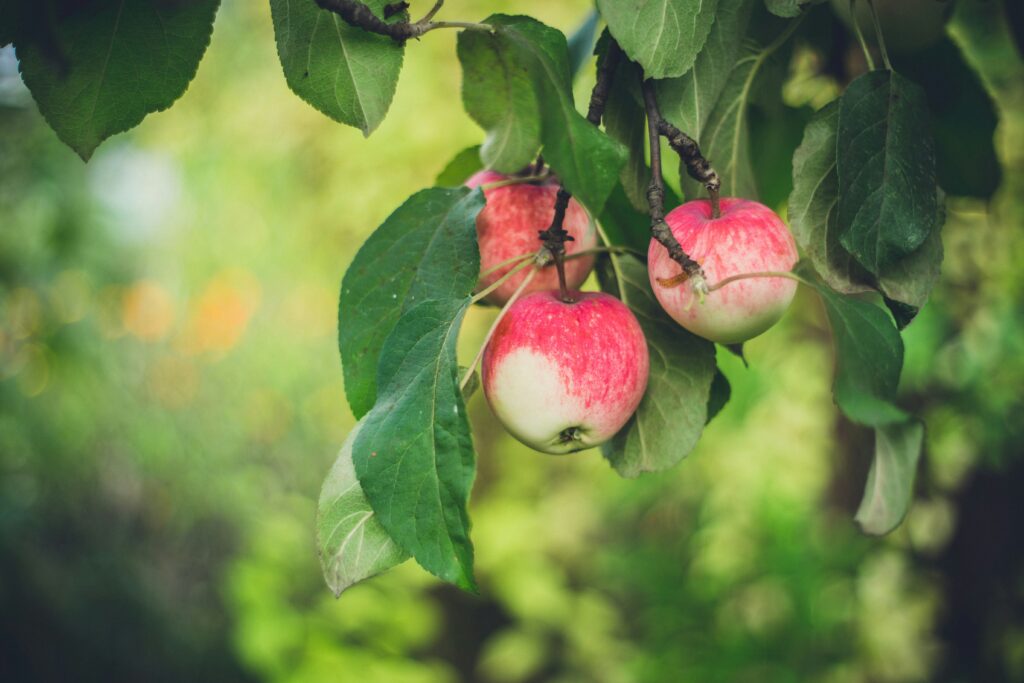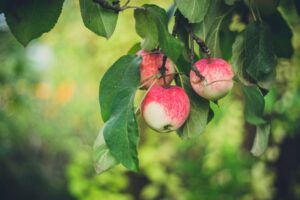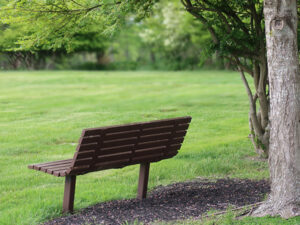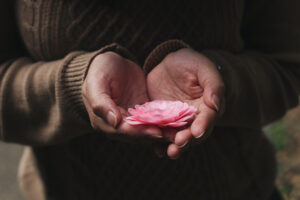By John Cunningham
“The root of joy is gratefulness…It is not joy that makes us grateful; it is gratitude that makes us joyful.”
— Brother David Steindl-Rast
Gratitude is a common word, generally used to express thankfulness for something, or appreciation. Like most words, the common usage and concepts only touch the surface of the reality being pointed to by the word. Our mindfulness practice asks us to look more deeply, beyond the space that can be pointed to by a single word, or by any words for that matter. But we will use words here as an invitation to come closer to that which is wordless.
As we look more deeply into gratitude, we see first that it is a mindfulness practice. It is the process and experience of taking the time to let this moment and what is happening right now infuse you with its reality. It is seeing on some level, that you and the experience of the moment are unified. As we sense this union of ourselves with the moment and what is happening in the moment, we seem to naturally come to a more peaceful mindstate. Words may leave us, and the sense of a separate self softens, leaving an internal landscape of peace and joy. We can feel a flow of benefit from the experience accompanied by feelings of wellbeing. There is a tender appreciation for the benefit, for the connection. Joy seems to arise spontaneously.
When we experience gratitude this way, emotion may arise as well, but gratitude is not the emotion. We can enjoy the pleasantness of the emotion as part of the experience while not allowing ourselves to seek pleasant emotion as gratitude. At other times, we may experience deep gratitude without emotion. Gratitude seems to always be accompanied by a sense of joy.
Gratitude, as with many qualities of life, is both a practice and a way of being. As a practice, we intentionally bring the mind to the moment and let ourselves see the connection to what is around us. It can be helpful to focus on particular people, things, or situations where seeing our connection is easier. We may reflect on the benefit we receive from our relationship with a loved one, or the pleasure or peace that a beautiful sunset provides to us. In this reflection, we do not try to force ourselves to be grateful, but rather prepare the mind for gratitude to arise on its own. With practice, gratitude arises more easily when we use the mind this way.
We do this work very intentionally, as our focus and intentionality deepen the experience and help build the “mental muscle memory” that makes it easier for us to feel gratitude more often. UCLA psychologists found that when one focuses the mind, the brain’s hippocampus, an area of the brain that is important in creating memory, is predominant. However, if we engage in a distracted, or “going-through-the-motions” way, the brain’s striatum, which is responsible for rote activities, will be predominant. By just going through the motion of thinking about what we are grateful for, we are not really building our capacity to feel gratitude, as the brain is prepared to handle such routine processes, via the striatum, without growing our mental muscle memory.
As we work with cultivating gratitude this way, our bodies and minds learn what it is like to feel gratitude. The experience of gratitude, and the accompanying joy, become familiar to us, and begin to feel like comfortable old friends. We learn what the process is for us to move to that state of being. We may not consciously even know what or how we are doing it, but the developed mental muscle memory of gratitude will move us to gratitude in an effortless way.
And as we become familiar with gratitude this way, we will begin to see that we spontaneously find ourselves experiencing gratitude more often. This is how gratitude becomes a way of being for us. We will begin to notice the connection with the world around us more frequently, and we will sense the benefits we receive more easily. We will start to see connection and benefits even in those experiences that previously we would have pushed away. We may begin to feel a quiet, underlying joy of life, feeling grateful for life itself. Like any skill that we cultivate, gratitude and joy will become second nature for us and will arise without the need to consciously induce them for them to be present.
Developing a gratitude practice helps to foster the growth of the mental muscle memory mentioned above. A regular daily practice, even for just a few minutes, helps us to develop focus and prepare the mind for the arising of feelings of gratitude. Looking around our environment for those people, things, or situations for which we feel connection right now helps direct our efforts. When we find an area of connection, we can focus on this for a bit and recognize it either silently or vocally: “I am grateful for my wonderful partner!”, “what a beautiful sunrise!”, “I appreciate how my body feels this morning!”. Take a moment to savor the experience. If gratitude arises for you, take a moment to reflect on what it was like to experience gratitude. Reflecting in this way helps to support the mental muscle memory growth that we are talking about.
You may choose to do a practice like this several times a day – just look to see what is arising for you that feels connecting, give voice to what you are sensing and appreciating, and savor the appreciation for a moment.
Another wonderful way to practice gratitude is with another person. On a daily basis, you may each share with one another something for which you feel grateful. Remember to not just quickly come up with something in order to fulfill the sense of obligation to the other person, but really take the time to work with the moment and the arising of connection and gratitude. When you share with your gratitude partner, you may choose to share what you are feeling grateful for, what you appreciate about the situation, and whether you feel the arising of joy as you cultivate gratitude in this experience.
Like all skills, cultivating gratitude so that it becomes a way of being takes time. Be patient with yourself. Set the intention and see if you can form a daily practice, either by yourself or with someone else, and make it a part of your life. Reflect often on the feelings of gratitude and joy as they arise. Savor these experiences. Allow yourself to become gratitude and joy.
“And I think to myself, what a wonderful world!”
— Bob Thiele & George David Weiss, sung by Louis Armstrong
An invitation to practice gratitude
As mentioned above, there are many ways to practice gratitude. One way is to do a daily gratitude practice with a partner. It’s simple — each day, you and your partner email or text each other with three things that you are grateful for. You can partner with anyone: a friend, family member, someone else in your sangha. If you’d like to try it and don’t have a willing partner, feel free to email Heidi ([email protected]) and we will match you with someone.




